Srebrenica genocide survivor: ‘It will happen to us again’
With genocide denial rife in the region, a Bosniak survivor of the atrocities in Srebrenica fears future killings.
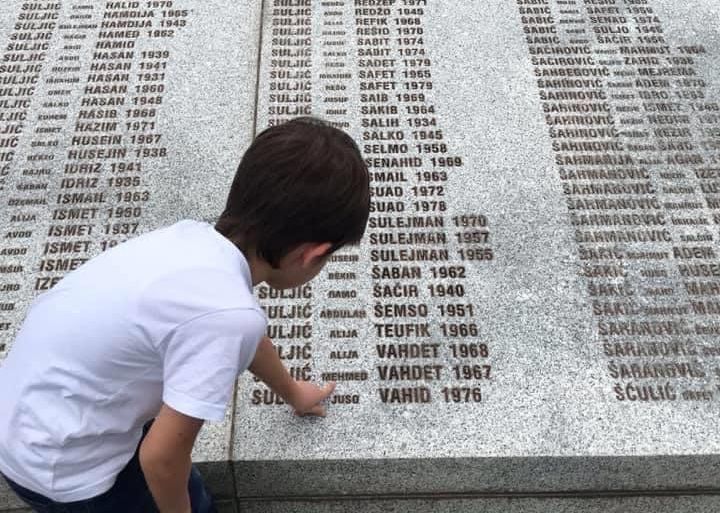
Survivors of the Srebrenica genocide, in which Serb forces systematically killed more than 8,000 Bosniak Muslim men and boys over several days, have marked the 26th anniversary of the killings.
Coffins with the remains of 19 Bosniaks found in mass graves and identified recently through DNA tests, have been buried Sunday in the memorial cemetery for victims of the genocide on the edge of the eastern Bosnian town.
Keep reading
list of 4 itemsWhat are the 10 stages of genocide?
‘Not just a film’: Bosnia brings Srebrenica to the Oscars
In Montenegro, a street was almost named after Ratko Mladic
Vahid Suljic was a nine-year-old boy at the time from the nearby village of Voljavica, who had sought refuge in Srebrenica with his family.
He survived the genocide, but what he witnessed left him traumatised for years.
Suljic recounted his experiences and told Al Jazeera that he fears a genocide could be committed against Bosniaks again if Serb denial of the genocide continues and lingering tensions reignite.
Escape to Srebrenica
Between 1992 and 1995, Bosnia and Herzegovina was under attack by Serb and Croat forces aiming to carve the country up into a Greater Serbia and a Greater Croatia, respectively. Some 100,000 people were killed.
Bosnian Serb forces began attacking villages, towns and cities in Bosnia in the spring of 1992, with the goal to “ethnically cleanse” non-Serbs from the region.
For Suljic’s family, the nightmare began in May 1992 when they first heard of paramilitary units from Serbia torturing, killing and taking Bosniaks to concentration camps in areas neighbouring Voljavica, located by the Serbian border.
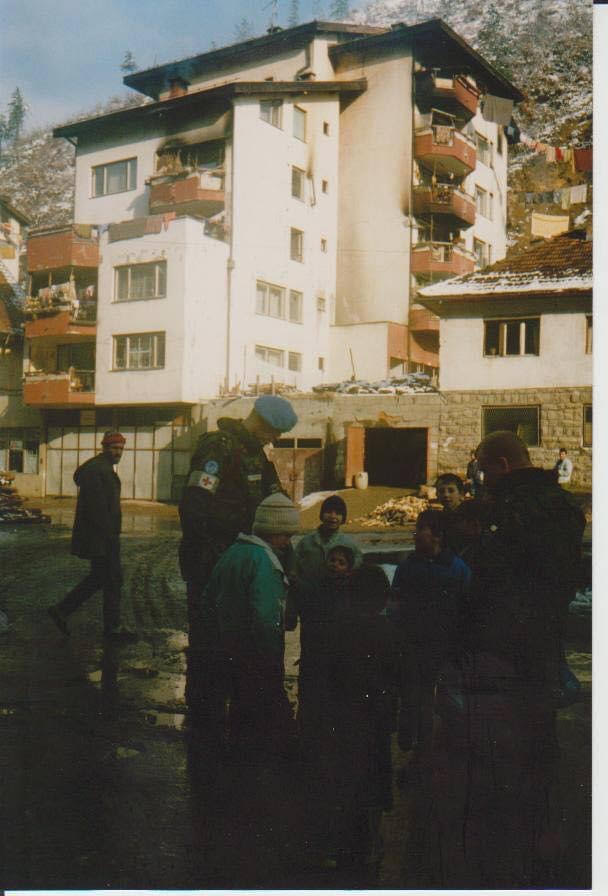
Fearing they could soon face a similar fate, the Suljic family escaped to nearby woods where they hid for about two weeks. During that time, Serbian paramilitary units arrived in their village and elderly people who could not escape to the woods were burned alive in one of the houses, Suljic said.
To save their lives, a group of 250 Bosniak civilians from Voljavica decided to make the daylong trek through the woods to Srebrenica, located 15km (9.3 miles) away, since it was then controlled by the Bosnian army.
During their trek, Serb forces twice ambushed the group with machine gunfire. At each “machine gun nest”, there were some 30-50 shooters, Suljic said. Some 60-70 Bosniaks were killed in the ambushes.
His family, including his 10-year-old sister, survived by throwing themselves into a nearby creek and waiting until nightfall before continuing for Srebrenica.
“We were in fact like wild animals being hunted because they had been preparing [to kill us] in numerous spots,” Suljic said.
“Srebrenica was besieged on all sides and they knew that people from surrounding areas were trying to break into Srebrenica, and they had been preparing for this.”
The genocide happened even though Srebrenica was a United Nations-protected “safe area” where about 50,000 Bosniaks had sought refuge.
The genocide
When the “safe area” of Srebrenica fell to Serb forces on July 11, 1995, Suljic and his family were among thousands that sought refuge inside and outside the former battery factory where the UN base held by a Dutch battalion of UN soldiers was situated.
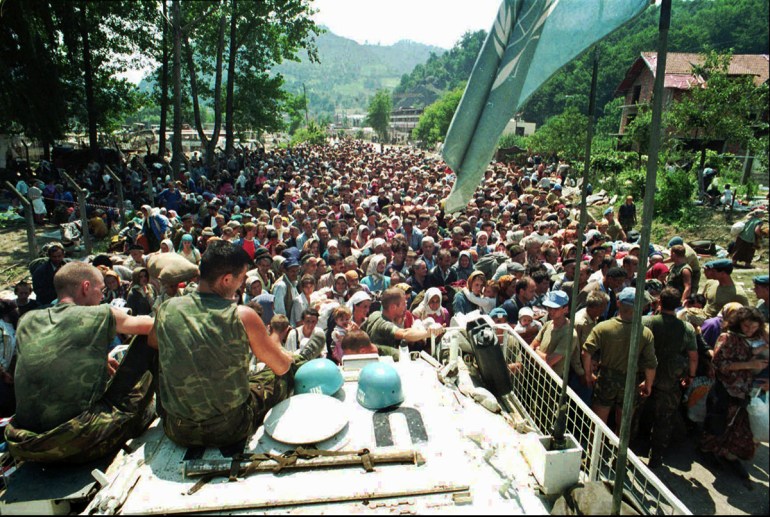
Suljic witnessed Serb forces, dressed in UN uniforms to impersonate Dutch soldiers, entering freely and observing everyone at the base.
At night while people were sleeping, Serb forces separated the men from their families to kill them and also took some women and girls out of the base and raped them.
Suljic said Dutch soldiers did nothing to stop what Serb forces were doing.
“[Serb forces] did what they wanted. They had total control over the base.”
“I remember [Bosniak] men screaming and asking for help every night,” Suljic said.
In the daytime, Suljic would also hear shrill screams in the woods when he would go to fetch water from a river in the field close to the base.
“I saw corpses [there], heads cut off … it’s impossible to describe in words.”
In 2019, the Dutch Supreme Court upheld the partial liability of the Netherlands for the deaths of about 350 Bosniak Muslims murdered by Serb forces in Srebrenica.
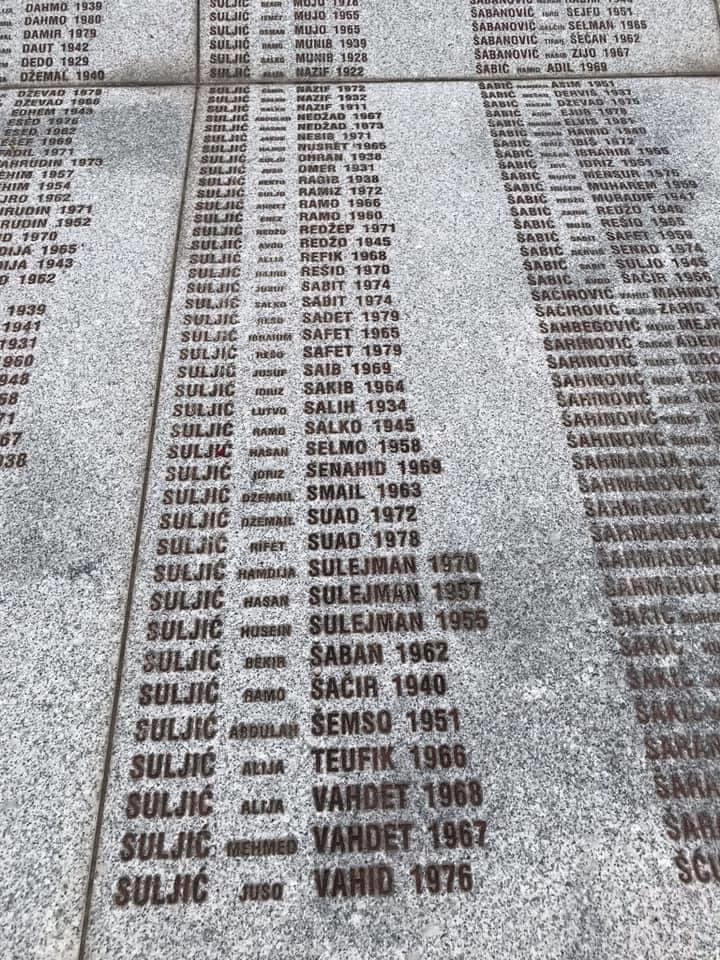
After three days at the base, buses arrived. Dutch soldiers informed them that women and children would be evacuated to the city of Tuzla, in liberated territory controlled by the Bosnian army, but that all males between the ages of 11 and 77 had to stay and wait to be collected by another set of buses.
As Suljic’s uncle led him to the bus, Serb soldiers forcibly separated them and Suljic never saw his uncle again.
“As we travelled to Tuzla, we watched the captured men being taken to be shot. Among them, I recognised my neighbours, with whom I played before and during the war. They looked scared and traumatised,” Suljic said.
When the women and children made it to Tuzla, they stayed in a refugee camp and waited for news of their loved ones.
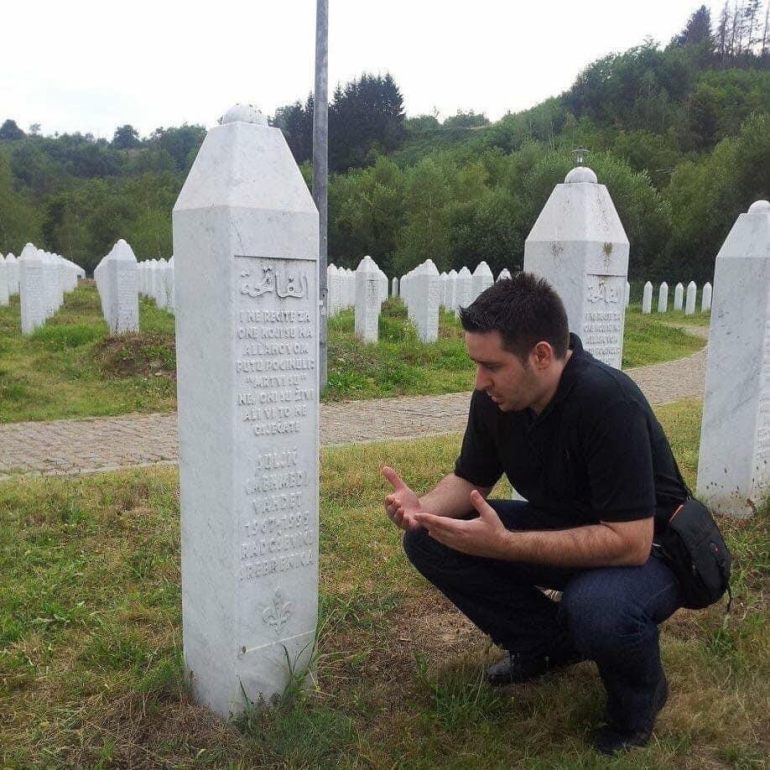
Suljic’s father managed to escape and after seven days of trekking through the woods, crossing Serbian lines and surviving shooting and ambushes amid starvation, Suljic’s father was among a small minority of Bosniaks that made it out alive.
A couple of years ago, Suljic’s family received a phone call informing them that the bodies of his uncles had been found in different mass graves.
Some of the remains of his father’s brother Vahdet Suljic, 28 years old at the time, were later found in three different mass graves, as far as 30km (about 19 miles) apart. They have buried some of his remains twice already, but more than half of his remains are still missing.
In just three days, Serb forces killed more than half of the family, including uncles, cousins and other relatives, Suljic said.
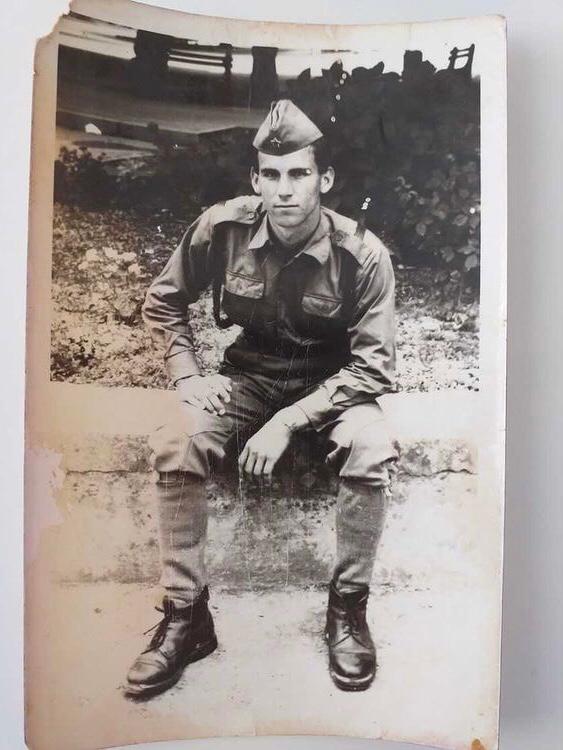
Genocide denial
Several thousand Serbs and Bosniaks continue to live in the impoverished town of Srebrenica. Suljic described it as a “dead city” today, with no prospects. He now lives in the Gulf state of Qatar.
While 26 years have passed since the genocide, survivors are still battling against widespread Serbian denial of historical facts that have been confirmed numerous times by international courts in The Hague.
Posters and graffiti glorifying Ratko Mladic, the general who led Bosnian Serb forces and was convicted of genocide, are regularly found in Serb-populated areas of Bosnia as well as in neighbouring Serbia and Montenegro.
Oglasna tabla u Bratuncu #SrebrenicaGenocide #bratunac pic.twitter.com/YT3mm82eqQ
— ꧁𓊈𒆜🅺🆄🅿🅴🅺 🅴🅵🅴🅽🅳🅸🅹🅰𒆜𓊉꧂ (@K_U_P_E_K) July 10, 2021
Before the 26th anniversary of the genocide, Bosnian media reported on Friday of Serbian war celebrations being held in the backyard of a church located above the memorial centre, with music blaring provocatively.
The latest Srebrenica Genocide Denial report (PDF) published on Friday by the Srebrenica Memorial Center identified at least 234 instances of genocide denial in regional public discourse and media in the past year, the majority of cases occurring in Serbia.
Srebrenica Genocide Denial Report 2021: In 2021, the three most common tactics used in genocide denial remain disputing the number and identity of victims, conspiracy theories which challenge the rulings and integrity of int. courts, and nationalist historical revisionism. pic.twitter.com/2dBygweYvS
— Srebrenica Memorial Center (@SrebrenicaMC) July 10, 2021
The report found that the majority of Srebrenica genocide deniers work in the public sector, including 28 who currently hold office in the state and entity-level governments. Alarmingly, many of them were active in Serbian political and military apparatuses during the Bosnian war.
Lejla Gacanica, editor of the report, said at a news conference on Friday that narratives that deny the genocide and glorify war criminals have intensified in the past year and denial in the region is part of Serbian state strategy.
According to American genocide scholar Gregory H Stanton, who coined the “10 stages of genocide” theory, denial is “among the surest indicators of further genocidal massacres”.
Suljic said still smouldering tensions and genocide denial pose grave risks for the future.
“If the situation continues like this, I think Srebrenica [another genocide] will happen to us again.”